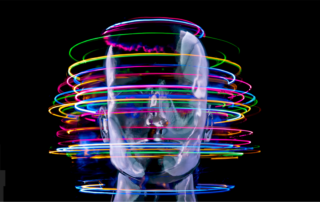How to Create Dashboards That Boost User Engagement
Great dashboards don’t just display data—they drive action. Whether it’s tracking fitness, managing projects, or learning new skills, the best dashboards use behavioral science to go beyond numbers. They tap into user psychology to inspire engagement and ensure every user feels progress. Explore real-life examples that got it right.











